There are several reasons why learning to fix powertrain fault can be beneficial. Firstly, it helps you save money on repairs. If you know how to diagnose and fix common powertrain issues, you won’t have to rely on costly mechanic services every time something goes wrong with your vehicle’s powertrain system. This can add up to significant savings in the long run.
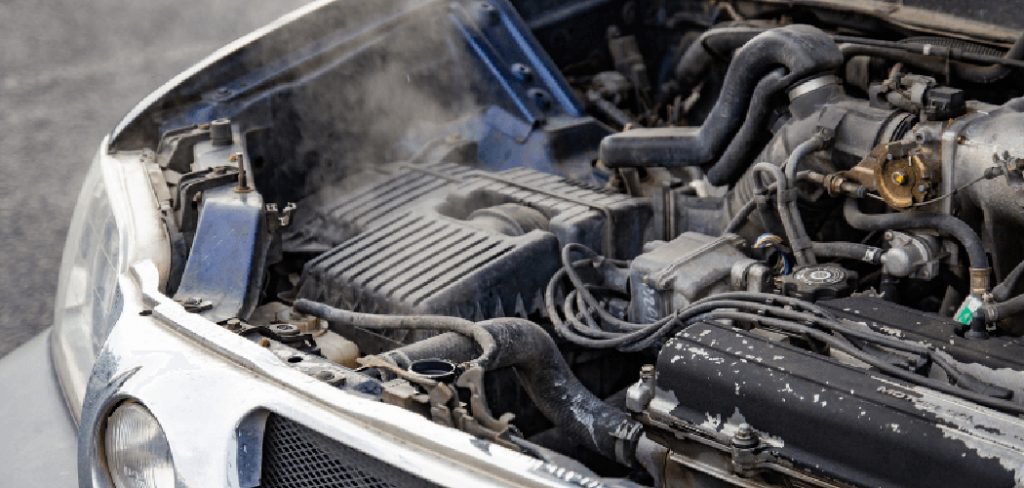
The main advantage of knowing to fix powertrain faults is that you can save a lot of money by not having to take your vehicle to a mechanic. This is especially useful for those who may not have the financial means to pay for expensive repairs or for those who simply prefer to do their own maintenance and repairs. In this blog post, You will learn in detail how to fix powertrain fault.
Step by Step Processes for How to Fix Powertrain Fault
Step 1: Inspect the Powertrain
Once you suspect that there is a powertrain fault in your vehicle, it’s important to inspect it thoroughly. This includes checking for any visible signs of damage or wear and tear on components such as the transmission, engine, and drivetrain. It’s also a good idea to check your fluid levels and make sure they are within the recommended range.
Step 2: Check for Error Codes
The next step is to use a diagnostic scanner to check for any error codes that may be stored in the vehicle’s computer system. These codes can provide valuable information on what exactly is causing the powertrain fault and help guide your troubleshooting process.
If you do find any error codes, it’s important to address them first before moving on to any other troubleshooting steps. This could involve replacing faulty sensors, repairing damaged wiring, or performing other necessary repairs.
Step 3: Perform a Road Test
After addressing any error codes, it’s a good idea to take your vehicle for a road test. Pay attention to how the engine and transmission are performing, as well as any unusual noises or vibrations. This can help pinpoint the source of the powertrain fault.
During your road test, be on the lookout for any leaks from the transmission, engine, or other components. Leaks can indicate a potential issue that needs to be addressed in order to fix the powertrain fault.
Step 4: Inspect the Transmission
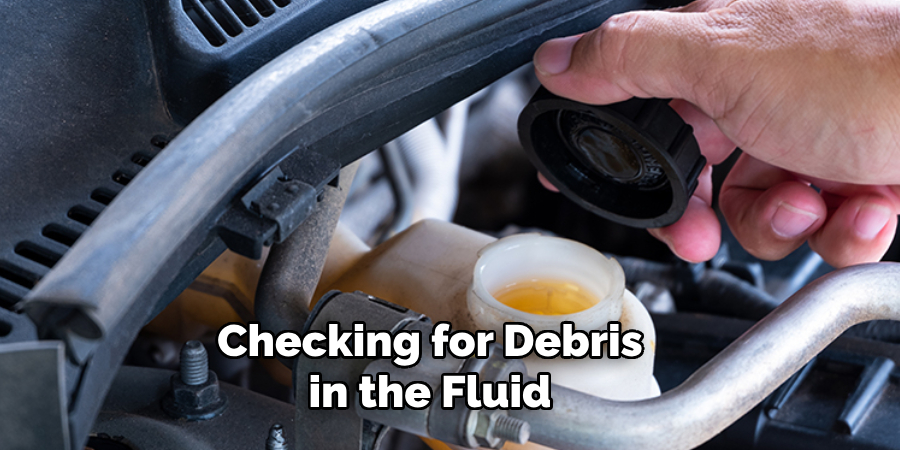
The transmission is a key component of the powertrain, so it’s important to inspect it closely for any signs of damage or wear and tear. This could include checking for debris in the fluid, worn out clutches or gears, or other issues that may be causing the fault.
Similar to the transmission, the engine should also be inspected for any potential issues. This could include checking for worn out belts, cracked hoses, or any other components that may be causing the powertrain fault.
Step 5: Test the Drivetrain
The drivetrain connects the engine and transmission to the wheels, so it’s important to make sure it is functioning properly. This could involve checking for worn out or damaged components, as well as making sure the drivetrain is properly lubricated.
If you have identified any faulty parts during your inspection and testing, it’s important to replace them with new ones. This can help resolve the powertrain fault and prevent further issues down the road.
Step 6: Perform a Final Road Test
After completing all necessary repairs and replacements, take your vehicle for one final road test to ensure that the powertrain fault has been successfully fixed. If everything is running smoothly, then you can be confident that your vehicle is back in top shape.
By following these steps, you can effectively troubleshoot and fix a powertrain fault in your vehicle. It’s important to be thorough and follow the proper procedures in order to properly address the issue and prevent any further problems. Remember, if you are unsure or uncomfortable with performing any of these steps yourself, it’s always best to consult a professional mechanic for assistance.
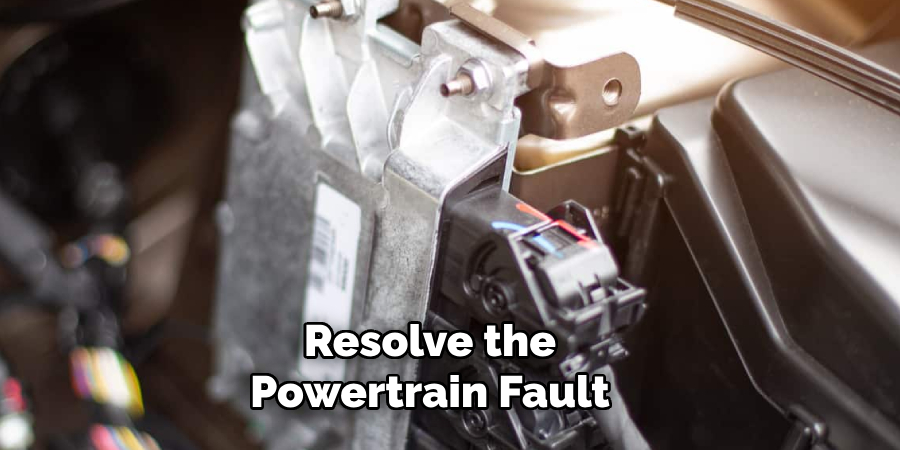
Precautions for How to Fix Powertrain Fault
- Disconnect the Battery – Before attempting to fix a powertrain fault, it is essential to disconnect the battery of your vehicle. This ensures that there is no electricity flowing through the vehicle and reduces the risk of electrocution.
- Wear Protective Gear – Whenever you are working on your car’s powertrain system, make sure to wear protective gear such as gloves and safety glasses. This will protect you from any potential injury or harm.
- Use Proper Tools – It is important to use the right tools for fixing a powertrain fault. Using incorrect or substandard tools can not only damage your vehicle but also increase the risk of accidents.
- Refer to a Repair Manual – If you are not experienced in fixing powertrain faults, it is best to refer to a repair manual or seek professional help. This will ensure that you are following the correct procedures and using the right tools.
- Inspect Wiring and Connections – Many powertrain faults can be caused by faulty wiring or loose connections. Before replacing any parts, make sure to thoroughly inspect all wiring and connections for any signs of damage or looseness.
- Check for Leaks – It is important to check for any leaks in the powertrain system, especially in areas such as the transmission and engine. Leaks can indicate a bigger problem and should be addressed immediately.
- Test Components Before Installation – Before installing any new components, it is crucial to test them first to ensure they are functioning properly. This will prevent any potential issues and save you time and money in the long run.
By following these precautions, you can effectively fix powertrain faults while minimizing the risk of accidents or injuries. Remember to always prioritize your safety and consult a professional if you are unsure about any steps in the process.
What Are the Common Causes of Powertrain Faults?
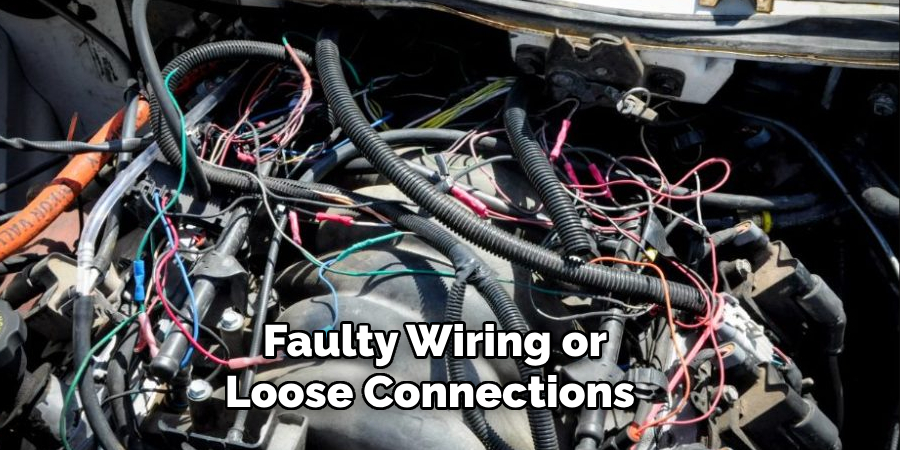
Powertrain faults can occur for a variety of reasons, and it is important to understand the common causes in order to prevent them from happening. Here are some of the most common causes of powertrain faults:
- Faulty Sensors: Modern vehicles rely heavily on sensors to monitor and control various components within the powertrain system. If these sensors become faulty or malfunction, it can lead to powertrain faults.
- Electrical Issues: As mentioned before, faulty wiring or loose connections can cause powertrain faults. This can be due to wear and tear over time or from external factors such as extreme weather conditions.
- Fluid Leaks: Leaks in the transmission or engine can lead to a decrease in fluid levels, causing damage and malfunctions within the powertrain system. It is important to regularly check for leaks and address them promptly.
- Wear and Tear: Over time, components within the powertrain system can wear down and malfunction. This is especially common in older vehicles with high mileage.
- Contamination: Contaminants such as dirt, debris, or moisture can enter the powertrain system through various means and cause damage to components. Regular maintenance and proper care can help prevent this.
By understanding the common causes of powertrain faults, you can take necessary precautions and address any issues before they become major problems. Remember to regularly maintain your vehicle and address any warning signs or abnormalities to prevent powertrain faults.
Are There Any Warning Signs or Indicators to Look Out for?
There are several warning signs and indicators that may indicate a potential problem with an individual’s mental health. It is important to note that these signs do not necessarily mean that the person has a mental illness, but they may be experiencing some level of distress or difficulty coping with their emotions.
Some common warning signs include changes in behavior, such as increased irritability, anger, or withdrawal from social activities. Other signs may include changes in sleep patterns, appetite, or energy levels.
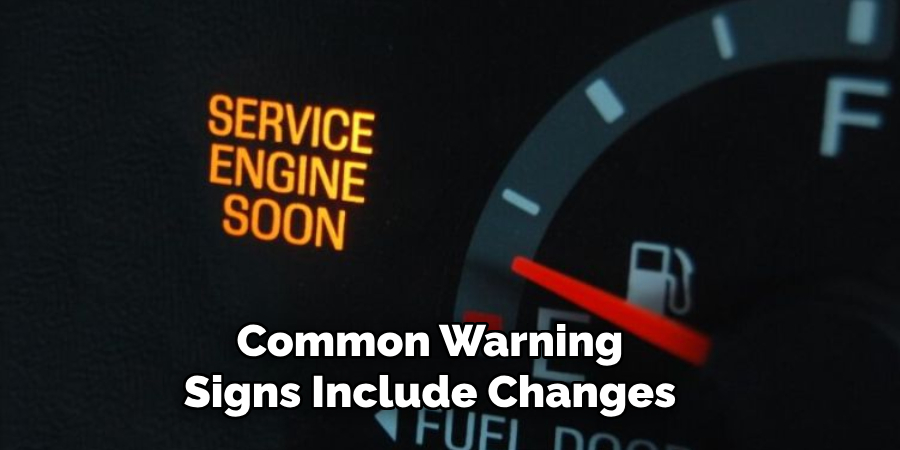
It is also important to pay attention to any sudden or significant changes in an individual’s mood or personality. For example, a typically outgoing person suddenly becoming reserved and withdrawn may be cause for concern. Other indicators may include self-harm behaviors, extreme mood swings, or persistent feelings of sadness or emptiness.
Furthermore, family history can also play a role in identifying warning signs and indicators. If there is a history of mental illness in one’s family, it may increase the likelihood of experiencing similar challenges.
Conclusion
In conclusion, diagnosing and fixing powertrain faults can be a daunting task, but with the proper knowledge and tools, it is certainly achievable. It is important to remember that there is no one-size-fits-all solution for powertrain faults as each vehicle may have different components and systems.
The first step in fixing a powertrain fault is to properly diagnose the issue. This involves using diagnostic tools such as OBD-II scanners and following the manufacturer’s diagnostic procedures.
After identifying the faulty component, it is crucial to take the time to research and find a high-quality replacement part. It may be tempting to opt for a cheaper alternative, but investing in a reliable and durable part will save you time and money in the long run. I hope this article has been beneficial for learning how to fix powertrain fault. Make Sure the precautionary measures are followed chronologically.

About
JeepFixes Team is a skilled author for Jeep Fixes, bringing 6 years of expertise in crafting a wide range of jeep fixes. With a strong background in jeep fixes work, JeepFixes Team’s knowledge spans various types of fixtures, from decorative pieces to functional hardware, blending precision with creativity. His passion for jeep fixes and design has made him a trusted resource in the industry.
Professional Focus:
Expert in Jeep Fixes : JeepFixes Team aesthetic specializes in creating durable and innovative jeep fixes, offering both appeal and functionality. His work reflects a deep understanding of jeep fixes techniques and materials.
Sustainability Advocate : He is dedicated to using sustainable practices, ensuring that every fixture is crafted with eco-friendly methods while maintaining high-quality standards.
In his writing for jeep fixes, JeepFixes Team provides valuable insights into the latest trends, techniques, and practical advice for those passionate about jeep fixes, whether they are professionals or DIY enthusiasts. His focus on combining artistry with engineering helps others discover the true potential of jeep in design.
